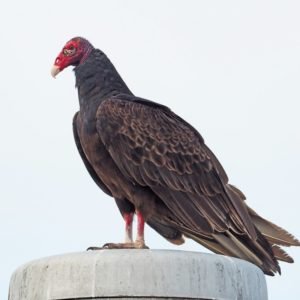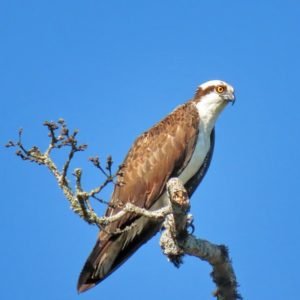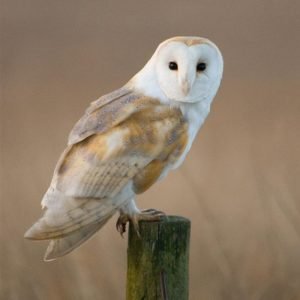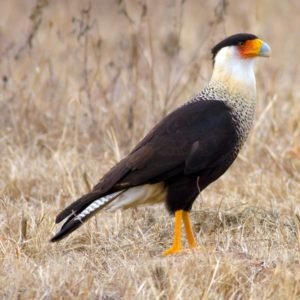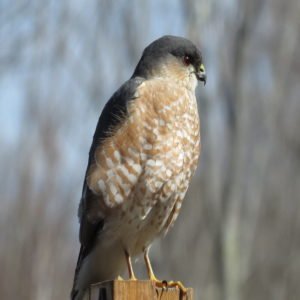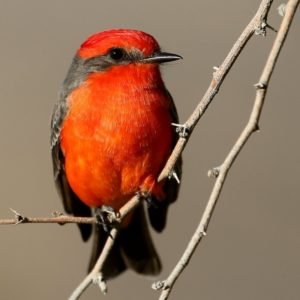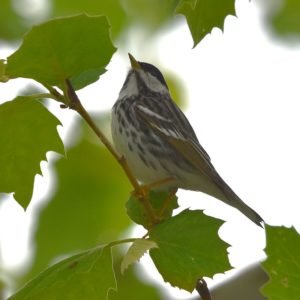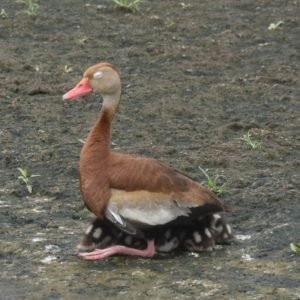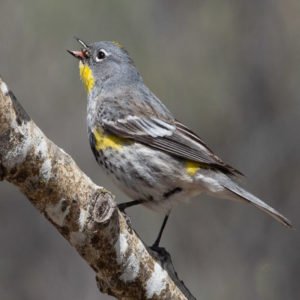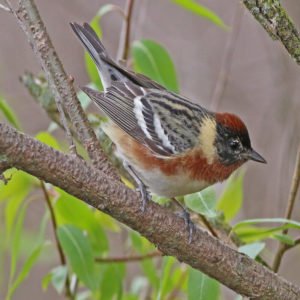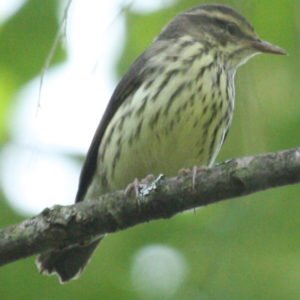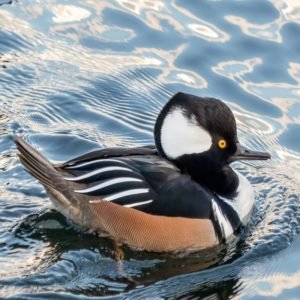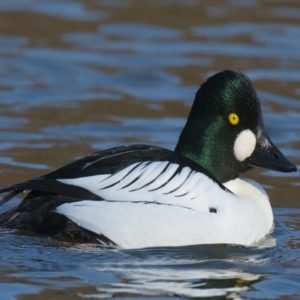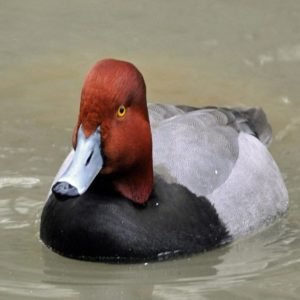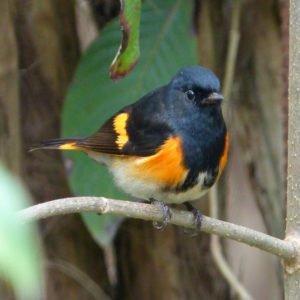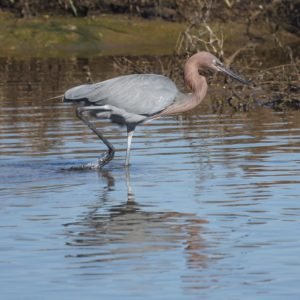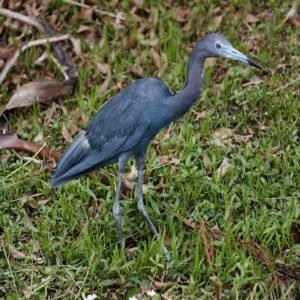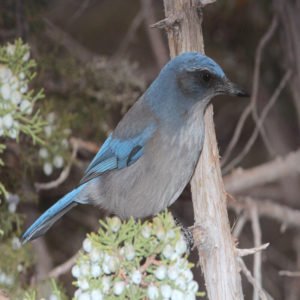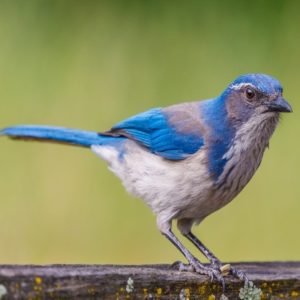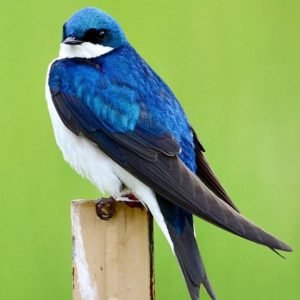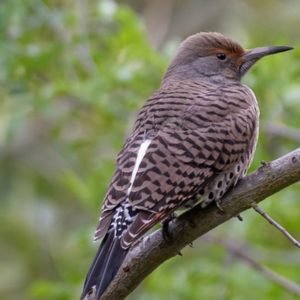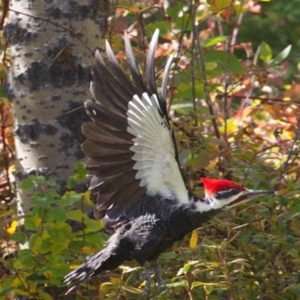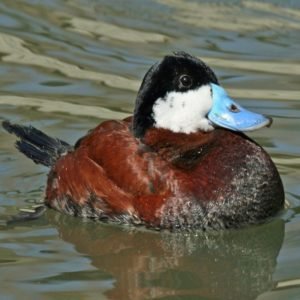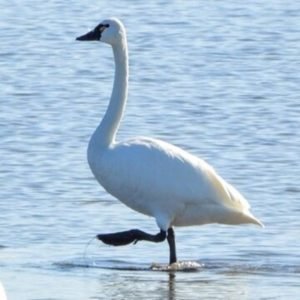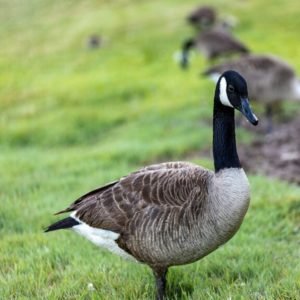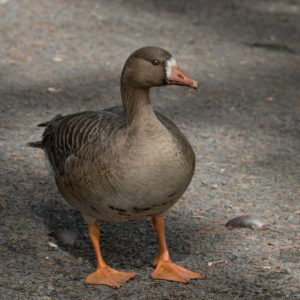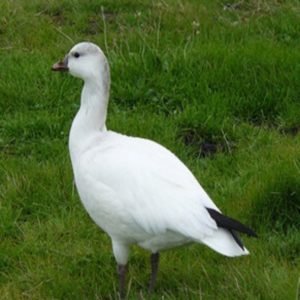From the graceful, aerobatic, and feisty hummingbirds that dart back and forth among the fragrant flowers in our gardens to the stealthy owls that patrol our forests and fields, Texas is by far the most bird diversified state in the country.
Texas has more bird species than any other state in the United States, with just over 600 species. One of the primary reasons Texas has so many birds is because of its geographic location. Texas is located in the southern United States and also in the continent’s center.
Because of this strategic location, birds from both the eastern and western United States can be spotted in Texas. Additionally, Texas shares a long border with Mexico, and as a result, we have a number of bird species that are found exclusively in Mexico.
In 1927, Texas designated the Northern mockingbird (Mimus Polyglottos) as its official bird. The medium-sized bird with long legs and tail expressed affection for the state of Texas, which reciprocated. The most often seen bird in the state is the Northern Cardinal. It is listed on 48% of birding lists.
Here is an overview of the birds found in Texas. To learn more about a particular bird, simply click on one of the images or links. If you encounter a bird in Texas that is not yet on our list or that you are unable to identify, we will gladly assist you in identifying it.
Birds of prey in Texas
Texas is not only known for its barbeque and ranches; the Lone Star State also boasts one of the most diverse bird populations in the United States, owing to its strategic geographic location.
Raptors or birds of prey species found in Texas frequently undergo seasonal changes as a result of migration. While the majority of diurnal raptors migrate to some extent, the majority of nocturnal raptors are year-round inhabitants.
These birds are easily recognizable by their strong curved or hooked beaks, sharp talons, and acute vision. Eagles, hawks, kites, osprey, falcons, owls, and vultures are among them. Raptors are popular animals that attract more attention than the majority of other species. Fortunately, Texas is home to a diverse range of animals inhabiting a variety of habitats.
Not to mention, Texas is the second-largest state in the United States, making it quite easy to accommodate all of these birds. If birds of prey in Texas pique your interest, here are 17 species you may observe in the state. By clicking on the species name, you’ll be sent to a page with comprehensive information about that raptor.
Red birds in Texas
In Texas, the term “red birds” refers to birds that are predominantly red or have red coloring covering more than half of their body. Summer Tanager, Cardinal, Vermilion Flycatcher, and Painted Bunting are four birds that meet this characteristic (that just made the cut). These are the fourteen red birds that you can see in Texas, either in your home or out birding.
Some of them, such as the Northern Cardinal, you may be familiar with, but others are uncommon in Texas, and thus your find may be rather unique. The red birds of Texas are seasonal visitors; some breed in the state, while others choose to stay for the winter.
Black birds in Texas
In Texas, blackbirds are extraordinarily numerous. However, despite their widespread distribution, some of these species have a negative reputation due to their violent attitudes and proclivity to “bully” lesser songbirds at bird feeders. The name “blackbird” is somewhat ambiguous.
Blackbirds—the birds infamous for being ravenous, loud, and bullies. You’ve undoubtedly observed them peering into your feeders and scaring away your other vibrant, little balls of the song (goodbye, cardinals.)
While it’s natural to believe that all blackbirds are related, blackbirds, along with grackles, orioles, cowbirds, meadowlarks, and the bobolink, are members of the Icteridae family (among others.)
Species in this family feature brilliant yellow, orange, and red feathers, therefore the term “icterus” refers to jaundice. Moreover, birds lacking warm-hued feathers frequently have iridescent greens and blues. They are actually quite colorful!
This helps identify them from a black bird-like crow. Crows, which belong to the Corvidae family, are larger and smarter than blackbirds. The hue of the feathers is an easy indicator. Unlike blackbirds, crows have silky, black feathers that lack iridescence.
Brown birds in Texas
Blue jays and cardinals pique your interest; woodpeckers inspire awe. Seeing a painted bunting is akin to spotting an avian rainbow. However, if you close your eyes, you will hear the lovely trill of sparrows, accented by the shrill calls of their diminutive contemporaries: chickadees, titmouses, thrushes, and wrens, simply not as colorful as other but attractive for its striking brown color.
These and other little birds are collectively referred to as LBBs—Little Brown Birds—despite the fact that chickadees, titmouses, and brethren such as dark-eyed juncos are all colors of grey. Females of a variety of vibrant species, such as the red-winged blackbird and house finch, are little greyish birds.
By discarding the house sparrow, we overlook the indigenous sparrows and their little earth-toned relatives. Numerous brown birds are particularly stunning when observed closely. Winter migration results in the birth of a new population.
Blue birds of Texas
Historically, bluebirds have been seen as emblems of hope and happiness. Their dazzling blue feathers and lovely song instill a sense of tranquillity in those who see and hear these magnificent birds. If they decide to make their home on your land, rest assured that these lovely birds are not freeloaders.
This section contains information on all of the wild bluebird species found in Texas. They might be entirely blue or have a secondary color. They could be tiny bluebirds, small bluebirds, giant bluebirds, brilliant bluebirds, dark bluebirds, or light bluebirds — they come in all shapes and sizes!
Some blue-colored birds reside year-round in Texas, while others are here to breed or migrate through. Three distinct bluebird species – eastern, western, and mountain – call Texas home at various periods of the year.
The eastern bluebird, Sialia sialis, is the most common and ubiquitous. Although it is classified as a partial migrant, it spends the winter in the majority of Texas, except for the Trans-Pecos. Almost anyplace, with the exception of treeless grasslands and densely forested areas, is suited for this bird’s needs.
Woodpeckers in Texas
Texas is an excellent state to watch woodpeckers since you can also encounter birds that have just crossed the border from Mexico. In Texas, the greatest approach to seeing woodpeckers is to go birding in the woods and woodland.
There are up to 22 species of woodpeckers in North America, with 12 of the species found in Texas. The Pileated Woodpecker, Red-headed Woodpecker, Acorn Woodpecker, Golden-fronted Woodpecker, Red-bellied Woodpecker, Yellow-bellied Sapsucker, Red-naped Sapsucker, Downy Woodpecker, Hairy Woodpecker, Ladder-backed Woodpecker, Red-cockaded Woodpecker, and Northern Flicker are the twelve species of woodpeckers found in Texas.
The Pileated Woodpecker is the largest woodpecker in Texas, while the Downy Woodpecker is the smallest.
Check out all of these woodpeckers in Texas, from the Acorn Woodpecker’s horrific pantry to the Golden-fronted Woodpecker’s penchant for prickly pear. Who migrates, where can they be found, and how can they be identified? Click here for more information.
Texas ducks, geese and swans
Waterfowl of Texas contains information on the 43 native ducks, geese, and swans found in Texas. Ten of these individuals are classified as vagrants or accidentals with scant documentation each. The remaining are winter travelers from colder climates winter months in Texas, primarily in the vast marshes that stretch along the Gulf Coast. The coastal wetlands are estimated to comprise Texas and the Gulf of Mexico’s surrounding rice fields and coastal waters provide winter habitat for up to 45% of ducks and 90% of geese in The Great Central Flyway.
Only ten of the 43 species live in Texas all year: the Black-bellied and Fulvous whistling ducks, the Muscovy Duck, the Wood Duck, the Mallard, the Mottled Duck, the Blue-winged Teal, the Northern Pintail, the Redhead, and the Ruddy Duck.
There are numerous additional interesting facts about the ducks, geese, and swans of Texas, which you can access by clicking on the images below.
Best Birdwatching Spots in Texas
The term “Texas” translates as “friendly,” and the birds in this state are just as amicable as the people. Birds are easy to observe and study due to their lack of shyness.
Due to the diversity of bird habitats and the state’s amazing geology, Texas is home to over 600 different bird species.
There are hundreds of birding hotspots throughout Texas, but the following is an overview of some of the most popular and productive locations that you should not miss if you are a birder planning a trip to the state. All hotspots are easily navigable and accessible.
The following is a list of the top five (5) best birding locations in Texas, ranked by bird species found there.
- Aransas NWR
- Laguna Atascosa
- South Padre Is. WBC/Conv. Center/ Laguna Madre Trail
- South Padre Island
- South Padre Is. Birding and Nature Center
If you have encountered a bird in Texas that is not yet on our list or that you cannot identify yourself, we’ll be happy to identify it for you. Simply take a picture of it and upload your picture, a quick description and the U.S. state where it was found here on our bird identification page.

